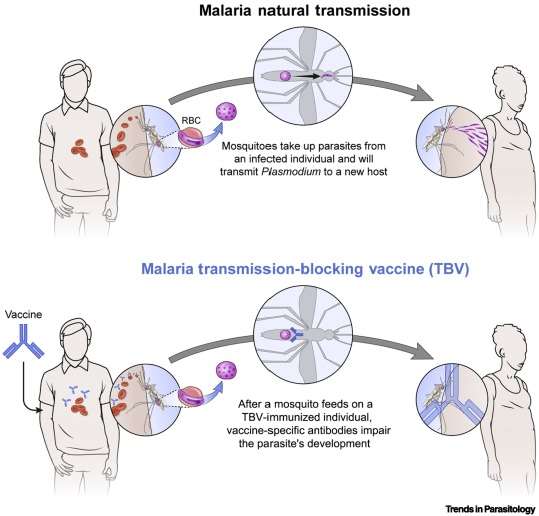Vaccine Successes
- Vaccines are able to eradicate diseases. One of the best examples of this is Smallpox. Smallpox was the first successful vaccine to be developed in 1796. A global vaccination program which started in 1967 led to the eradication of the disease as there have been no reported smallpox cases since 1977.
- Polio is another disease which is close to eradication due to the development of a polio vaccine. In 1988, the World Health Organization started a vaccine-driven program to eradicate polio. Since this time, polio has been reduced by approximately 99%.
- Vaccines have an expansive reach. They protect individuals, communities, and entire populations.
- Vaccines have rapid impact. The impact of most vaccines on communities and populations is almost immediate. For example, between 2000 and 2008, vaccination against measles reduced global deaths by 78% (from 750 000 deaths to 164 000 deaths per year).
- Vaccines save lives and reduce costs associated with diseases. Recently, a panel of distinguished economists put expanded immunization coverage for children in 4th place on a list of 30 cost-effective ways of advancing global welfare (Copenhagen Consensus, 2008).
- Vaccines have led to the reduction of disease incidence, prevalence, morbidity or mortality to a locally acceptable level as a result of: deliberate efforts to maintain vaccination and continued intervention measures. Examples of diseases which reduced incidence because of vaccines include pertussis, pneumococcal conjugate vaccines and rotavirus vaccines
Vaccines Currently in Use
There are less than 50 licensed vaccines to date (Table 1). These vaccines have reduced the worldwide burden of disease. Age of administration differs between the different vaccines and the vaccines provided to an individual are dependent on the country they are from as different countries have varying immunization schedules.
| Vaccine Preventable Diseases (VPDs) | ||
|---|---|---|
| Available vaccines | Cholera | Meningococcal meningitis |
| Dengue | Mumps | |
| Diphtheria | Pertussis | |
| Hepatitis A | Pneumococcal disease | |
| Hepatitis B | Poliomyelitis | |
| Hepatitis E | Rabies | |
| Haemophilus influenzae type b (Hib) | Rotavirus | |
| Human papillomavirus (HPV) | Rubella | |
| Influenza | Tetanus | |
| Japanese encephalitis | Tick-borne encephalitis | |
| Malaria | Tuberculosis | |
| Measles | Varicella | |
| Typhoid | Yellow Fever | |
Table 1: List of Vaccine Preventable Diseases [WHO – Vaccines and diseases]
Future vaccines
- Although there is a newly licensed malaria vaccine, RTS,S, it has very low efficacy and therefore more effective immunogens must be designed. The challenge with making an effective malaria vaccine lies in the complexity of the malaria parasite. More than 20 potential vaccines are currently in clinical trials.
- There is still no HIV vaccine, more than 30 years after the discovery of the virus. The virus is very complex and always evolving which makes it difficult to develop a vaccine capable of preventing all the different strains of HIV. Currently, researchers are trying to discovery what components of the immune system can provide protection against different HIV strains. Once that has been identified, designing a vaccine to stimulate the immune system to produce this response can start.
- Currently, BCG is the only tuberculosis (TB) vaccine. However, BCG is only able to protect infants from extra-pulmonary TB. Therefore, there is a need for new TB vaccines. Although there are several TB vaccine candidates, most do not make it far through clinical trials and more work needs to be done to understand what immune components protect from TB disease.
- With the recent Ebola and Zika virus outbreaks, more work is being done to produce effective vaccines against these viruses. ZMapp is a cocktail of antibodies which has been shown to be beneficial in treating Ebola once it has already infected the individual. Administration of antibodies is known as passive immunization and ZMapp is considered a therapeutic vaccine.
More information – Vaccinology
Jim Brewer – Vaccine Technologies
Adjuvants are critical components of Vaccines
- Adjuvants have very different behaviours in vivo
- Adjuvants alter the magnitude and duration of T/DC interactions
- T/DC interactions dictate the magnitude and quality of the ensuing adaptive immune response
- This can be modelled in vitro to identify novel adjuvants –Massive throughput, Fast, Minimising animal use.
More information – Vaccine Adjuvants
Hannah Scales – Rational development of novel adjuvants
Tarsizio Chikaonda – EHPC in Malawi
Malaria Vaccines
- Malaria vaccines are grouped into pre-erythrocytic, blood-stage, transmission-blocking and placental malaria vaccines.
- There are 2 licensed, WHO prequalified pre-erythrocytic malaria vaccines (RTS,S /AS01E (MosquirixTM and R21/Matrix MTM).
- Introduction of RTS,S /AS01E malaria vaccines is held back by limited vaccine supply.
- There are many other malaria vaccines at different stages of clinical development.
- The main challenge for malaria vaccine development is the complex biology and life cycle of the parasite and low immune
response. - The next generation of malaria vaccines aim to target different parasite stages and species and to induce long-lasting











